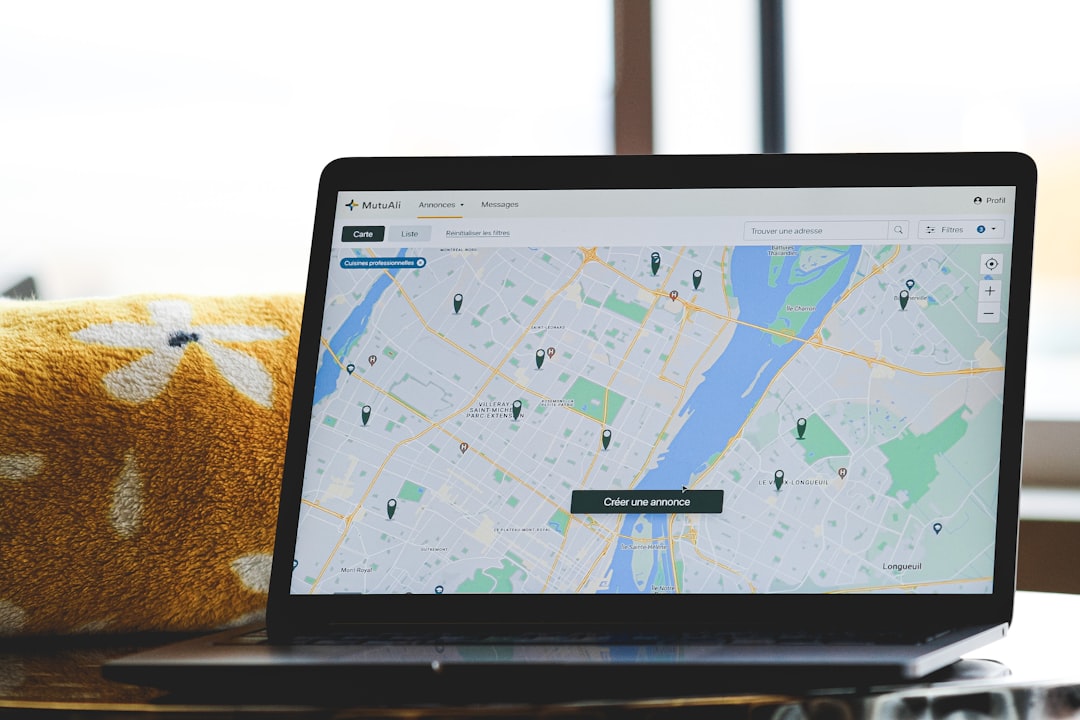Navigation has never been more essential. Whether you’re commuting, planning a road trip, or exploring a new city, having a reliable map app on your smartphone is a must. Google Maps often dominates the conversation when it comes to digital navigation, but it’s not the only option out there. In fact, a host of respectable alternatives offer features that, in some cases, outperform Google’s offering. So, how do these apps compare? And which one should earn a place on your home screen?
An Overview of Google Maps
Launched in 2005, Google Maps has since become the go-to app for millions. It offers real-time traffic updates, satellite imagery, street-level views, and integration with the broader Google ecosystem. The app is also a reliable guide for public transit and walking routes, and includes support for ride-share integration, saved locations, and robust location-sharing features.
But as thorough as Google Maps seems, it has limitations. Concerns around user privacy, occasional inaccuracies outside of major cities, and a somewhat cluttered interface have prompted users to look elsewhere.

The Best Google Maps Alternatives to Consider
Depending on your needs, one of the following alternatives might serve you better than Google Maps. Here’s a breakdown of the most notable contenders.
1. Waze
Waze, ironically, is owned by Google, yet it operates quite differently from Google Maps. It’s a community-driven navigation app, relying on crowd-sourced data to report real-time traffic conditions, hazards, construction, and police presence.
Key Features:
- Real-time traffic alerts from other drivers
- Automatic rerouting to avoid delays
- Gas price comparisons
- Fun voice navigation options
Best For: Drivers who want to avoid traffic and enjoy an interactive experience led by fellow users.
2. Apple Maps
Once ridiculed for its rough start, Apple Maps has come a long way. Available only on Apple devices, it offers a visually pleasing experience with 3D views, turn-by-turn navigation, and better integration with Siri and the Apple ecosystem.
Key Features:
- Siri integration for hands-free navigation
- Improved accuracy in the US and major cities
- Flyover mode for 3D exploration of landmarks
- Privacy-first approach to data collection
Best For: iPhone users who care about privacy and tight device integration.
3. HERE WeGo
HERE WeGo is a lesser-known app that offers offline maps, multi-modal routing, and intuitive navigation. Initially developed by Nokia, it has a strong following in Europe and is known for reliability and simplicity.
Key Features:
- Reliable offline map access
- Multiple transport options: car, bike, transit, and walking
- Real-time traffic and roadwork updates
Best For: Travelers and users who frequently navigate in areas with poor network connectivity.
4. Maps.me
Focused on offline use, Maps.me is powered by OpenStreetMap data. It’s especially popular with backpackers, hikers, and international travelers looking to avoid costly roaming fees.
Key Features:
- Completely offline navigation
- Open-source map data updated regularly
- Bookmarks and location sharing
Best For: People traveling in remote areas or those who want an easy-to-use offline map solution.
5. OsmAnd
OsmAnd is a powerful app based on OpenStreetMap and geared toward enthusiasts and professionals. It offers a highly customizable interface and supports specialty features like topographic maps, hiking trails, and contour lines.
Key Features:
- Offline navigation with high level of detail
- Customizable display options and plugin support
- Navigation tailored for walking, biking, and public transport
Best For: Advanced users and outdoor adventurers who want to dig deep into custom mapping solutions.
Feature Comparison: Google Maps vs. The Alternatives
Let’s break it down further with a side-by-side feature comparison to help you determine which app best fits your needs.
| Feature | Google Maps | Waze | Apple Maps | HERE WeGo | Maps.me | OsmAnd |
|---|---|---|---|---|---|---|
| Offline Maps | Yes (limited) | No | Yes | Yes | Yes | Yes |
| Real-Time Traffic | Yes | Yes | Yes | Yes | No | Partial |
| Public Transportation Info | Excellent | Limited | Good | Good | Basic | Varied |
| Privacy | Low | Low | High | Medium | High | High |

What Matters Most to You?
When deciding which app to use, consider your primary navigation needs. Here are a few questions that can help guide your decision:
- Do you drive in heavy traffic often? Waze might be your best bet.
- Need something with comprehensive public transport options? Google Maps or HERE WeGo shine here.
- Is offline access critical? Go for Maps.me or OsmAnd.
- Privacy-conscious and use Apple devices? Apple Maps is a strong contender.
Choosing a mapping app is largely a personal choice based on how, when, and where you travel. Fortunately, modern smartphones make it easy to install multiple services, allowing you to experiment until you find the one that fits your lifestyle best.
The Final Verdict
There’s no definitive winner, as each app has unique strengths tailored to different users. Google Maps remains an excellent all-rounder with vast global coverage and integration features. However, for those seeking speed, offline options, privacy, or specialization, alternatives like Waze, HERE WeGo, or OsmAnd could offer a better user experience.
So, should you ditch Google Maps? Not necessarily. But taking the time to explore its competitors might just help you discover a tool that better suits your navigation habits – whether that’s dodging congestion, navigating off-grid, or simply keeping your data more private.
